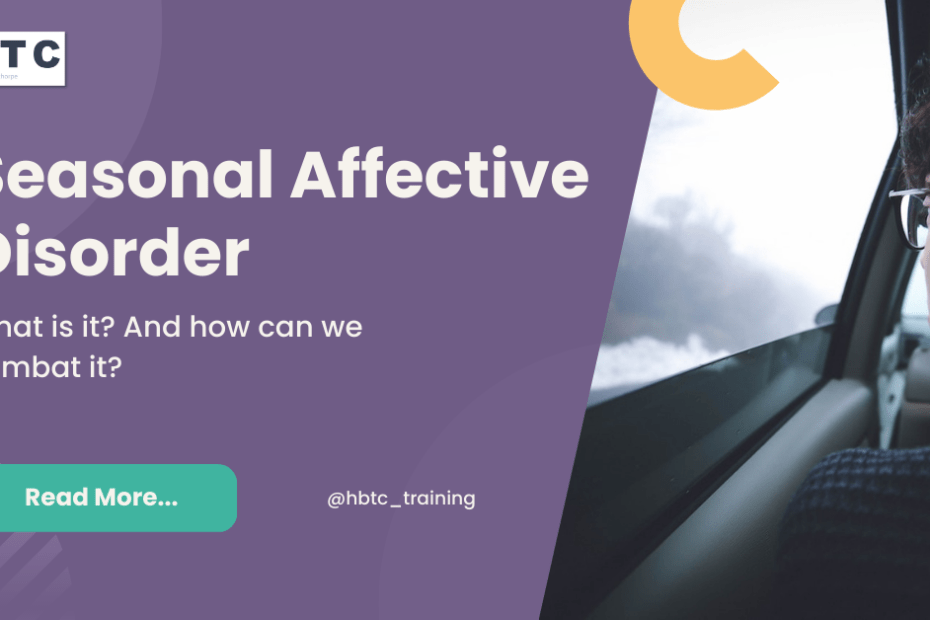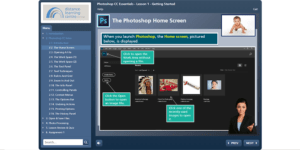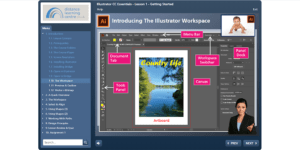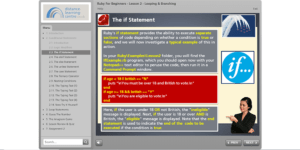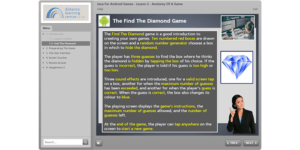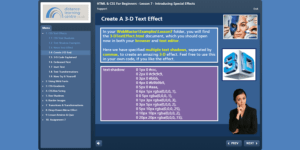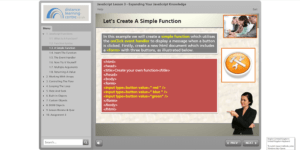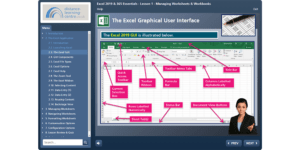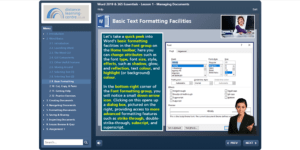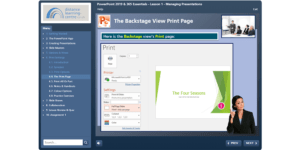Seasonal Affective Disorder:
What is it and how can we combat it?
Seasonal Affective Disorder, also known as SAD, is a type of depression experienced by someone dependant on the time of the year.
SAD usually occurs in the winter. Those affected by seasonal affective disorder will have a lower mood on average, struggle to sleep or get up in the morning, have tiredness all day and lose enjoyment in regular everyday activities.

The causes of SAD are less well known, but it is understood that a lack of exposure to sunlight is a common cause. Because of this, it’s especially prevalent among those working in indoor roles and within education. Most of the symptoms occur due to a lack of serotonin (this is the hormone that makes you feel happy). We get the hormone by being exposed to sunlight which impacts our mood, appetite and sleep.
So now we know what it is, but how can we combat it? There are some simple solutions which may help, such as light therapy. Light therapy involves a special light that simulates sunlight rather than just regular lights and can help lift your mood! Another great way to deal with SAD is to increase the amount of exercise you do. Going for runs or walks with friends and family is the perfect way to get exercise and socialise.

When you exercise, endorphins are released. These help improve your mood and reduce stress. It’s especially important to exercise in the winter months as it can dramatically improve your mood! Chatting with friends and family about the issues you’re struggling with can help break down the barriers and stigmas associated with mental health, which in turn can help. If they don’t feel comfortable talking about these problems, simply doing an activity or chatting with them about anything will release these feel-good endorphins and ease the effects of SAD.
Some of these ideas still may not fit in with your busy working schedule, but there are other things you can do at work to help boost your mood. You can request your employer to allow you a little extra time on your breaks. A slightly longer break will allow enough opportunity to get that fresh air and clear your mind. You can additionally use your break to gain some exercise, go for a walk or, if you have that extra time, maybe even a run.
If you are struggling and want to seek help, here are some great charities and websites to reach out to:
